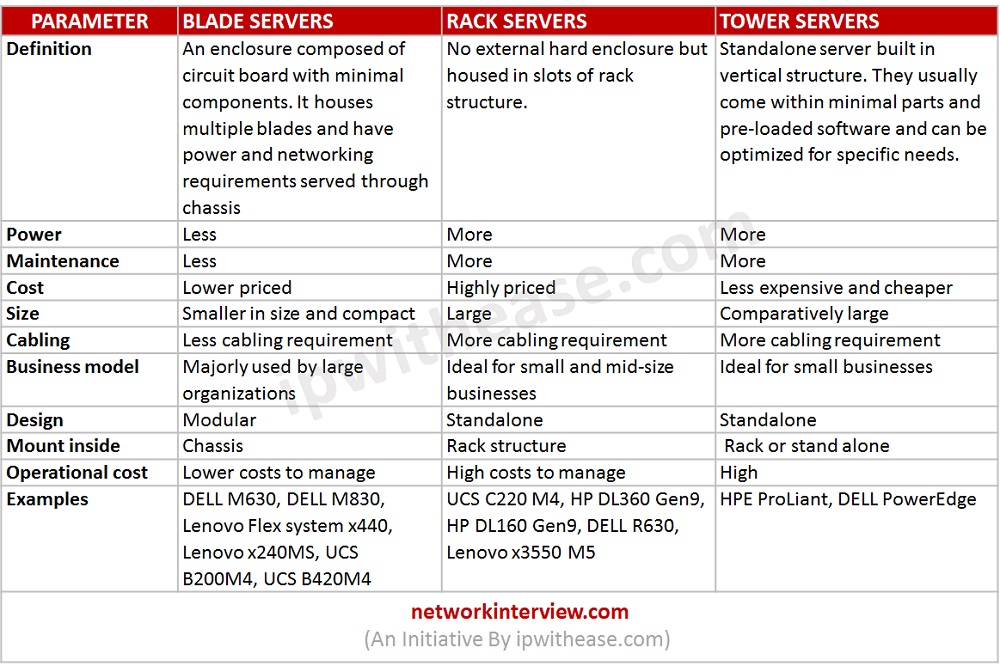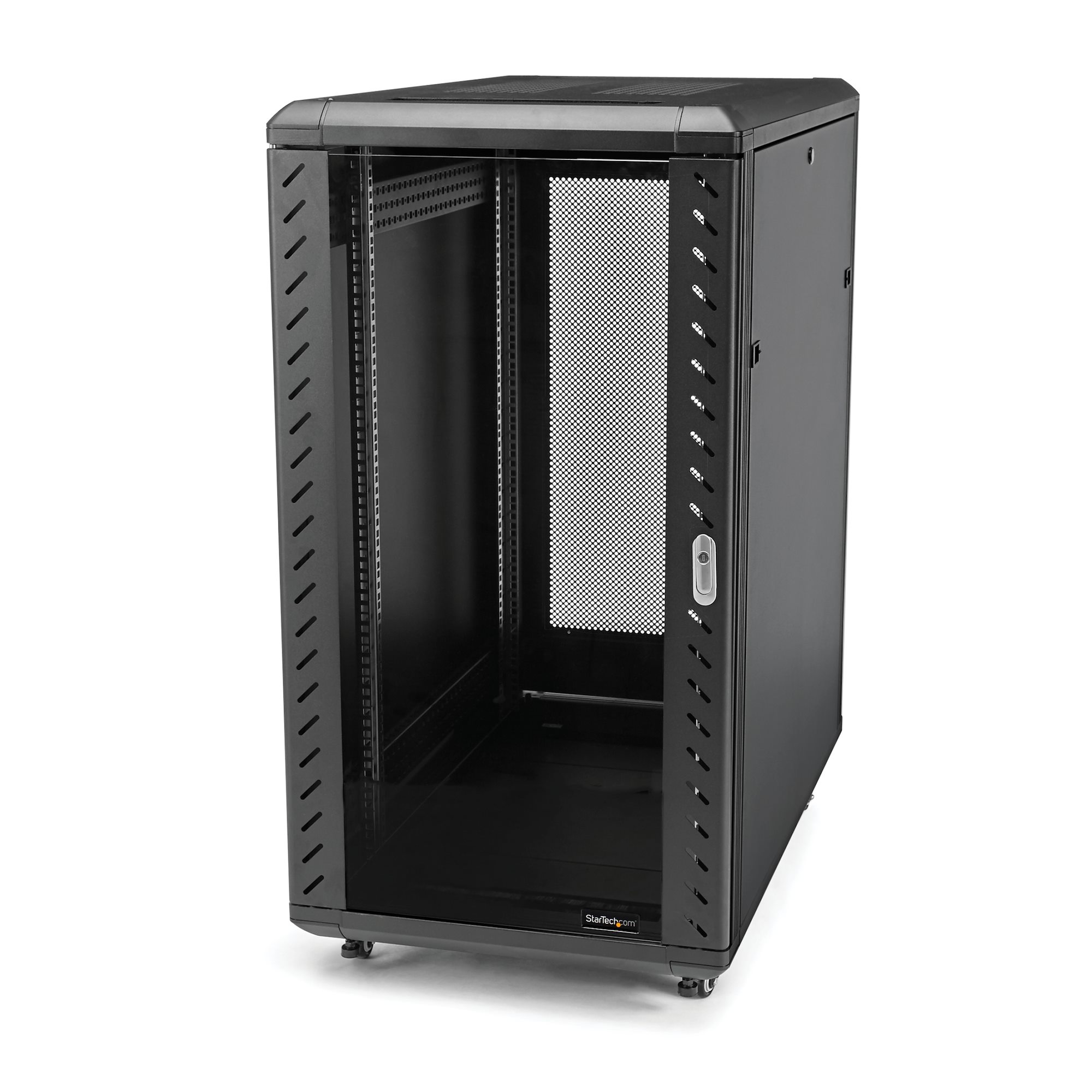Server Rack vs. Cabinet: Server Rack Vs Cabinet

Choosing the right enclosure for your server equipment is a crucial decision. While both server racks and cabinets provide a safe and organized environment, they cater to different needs and offer unique advantages. Understanding the fundamental differences between these two options will help you make an informed choice.
Defining the Basics
Server racks and cabinets are both enclosures designed to house server equipment, but they differ significantly in their design, materials, and intended use.
- Server racks are open-frame structures with vertical rails for mounting equipment. They typically have a smaller footprint than cabinets and are designed for easy access and airflow. They are often used in data centers and server rooms where space is at a premium and quick access to equipment is critical.
- Server cabinets, on the other hand, are enclosed structures with doors and side panels that provide greater security and environmental control. They are typically larger than racks and can accommodate a wider range of equipment, including networking devices, storage systems, and even servers. Cabinets are ideal for environments where security and environmental factors are paramount, such as financial institutions or government agencies.
Design Features and Materials
Server racks and cabinets are constructed using different materials and design features to meet specific needs.
- Server racks are usually made from steel or aluminum, with a focus on lightweight construction and durability. They often feature adjustable mounting rails and cable management features to simplify installation and maintenance.
- Server cabinets, on the other hand, are typically made from heavier gauge steel, offering increased rigidity and security. They often include features like locking doors, ventilation systems, and power distribution units (PDUs) to manage power and airflow within the enclosure.
Use Cases and Applications
The choice between a server rack and a cabinet ultimately depends on your specific requirements.
- Server racks are well-suited for:
- Small to medium-sized deployments where space is limited.
- Environments where quick access to equipment is essential.
- Applications that require high airflow and cooling.
- Server cabinets are ideal for:
- Large-scale deployments where security and environmental control are paramount.
- Applications that require a high level of redundancy and fault tolerance.
- Environments where access to equipment is restricted.
Advantages and Disadvantages, Server rack vs cabinet
Both server racks and cabinets have their pros and cons.
- Server racks:
- Advantages:
- Cost-effective
- Space-saving
- Easy access and maintenance
- Excellent airflow
- Disadvantages:
- Limited security
- May not be suitable for large deployments
- Limited environmental control
- Advantages:
- Server cabinets:
- Advantages:
- Enhanced security
- Improved environmental control
- Suitable for large deployments
- Disadvantages:
- More expensive
- Larger footprint
- May require specialized tools for maintenance
- Advantages:
Considerations for Choosing the Right Enclosure

Choosing the right server enclosure is crucial for ensuring optimal performance, reliability, and ease of management for your IT infrastructure. Whether you opt for a server rack or a server cabinet, a thoughtful decision based on your specific needs will make a world of difference in the long run.
Space Requirements
The available space in your data center or server room is a primary factor in determining the type of enclosure that will work best for you.
- Server Racks: Server racks are generally taller and narrower than cabinets, making them ideal for smaller spaces or areas with limited floor space. They are designed to be stacked vertically, allowing you to maximize vertical space utilization.
- Server Cabinets: Server cabinets, on the other hand, are typically wider and shorter than racks, providing more horizontal space. They are a good choice for larger deployments or situations where you need to accommodate a greater number of servers.
Cooling Needs
Proper cooling is essential for preventing overheating and ensuring the longevity of your servers.
- Server Racks: Server racks are often designed with open frames that allow for better airflow and ventilation. This makes them suitable for environments with moderate heat loads.
- Server Cabinets: Server cabinets, due to their enclosed design, may require more sophisticated cooling systems to dissipate heat effectively. They are well-suited for environments with high heat loads or for sensitive equipment that requires precise temperature control.
Server Density
Server density refers to the number of servers that can be accommodated within a given space.
- Server Racks: Server racks are generally designed to accommodate a higher server density than cabinets. This is because they are typically deeper and have more vertical space for mounting servers.
- Server Cabinets: Server cabinets offer a lower server density, but they provide more flexibility for accommodating larger servers or equipment with unique dimensions.
Accessibility, Security, and Ease of Maintenance
Accessibility, security, and ease of maintenance are critical considerations when choosing a server enclosure.
- Server Racks: Server racks are typically open-frame designs that offer easy access to equipment for installation, troubleshooting, and maintenance. However, they may require additional security measures to prevent unauthorized access.
- Server Cabinets: Server cabinets provide a more secure environment for equipment, with lockable doors and other security features. They may, however, present challenges for access and maintenance, especially for larger deployments.
Real-World Scenarios
Here are some real-world scenarios where one type of enclosure might be preferred over the other:
- Small Office/Home Office (SOHO): A server rack would be a suitable choice for a SOHO environment, as it offers a compact and efficient way to house a small number of servers.
- Data Center: A server cabinet would be a better option for a data center, where space is at a premium and security is a top priority.
- High-Performance Computing (HPC): A server rack would be ideal for HPC environments, as it allows for the dense packing of servers to maximize processing power.
- Large Enterprise Network: A server cabinet might be preferred for a large enterprise network, where a variety of equipment needs to be housed, including servers, switches, routers, and firewalls.
Key Features and Functionality

Choosing the right enclosure for your server equipment boils down to understanding the key features and functionalities that each type offers. While both server racks and cabinets provide physical protection and organization, their specific features can significantly impact your setup’s efficiency, security, and scalability.
Server Rack vs. Cabinet: Feature Comparison
Here’s a table comparing the key features of server racks and cabinets across various categories:
| Feature | Server Rack | Server Cabinet | Notes |
|---|---|---|---|
| Space and Capacity | Typically open-frame, offering flexibility for adding or removing equipment | Enclosed, providing more secure and organized storage | Racks are better for smaller deployments, while cabinets are ideal for larger, more secure environments. |
| Accessibility | Easy access to equipment from the front and rear | Limited access, usually only from the front | Racks are more convenient for maintenance and troubleshooting, while cabinets offer better security. |
| Scalability | Easily expandable by adding more rack units (U) | Limited scalability, depending on the cabinet’s design | Racks are highly scalable, while cabinets can be challenging to expand. |
| Aesthetics | Typically less aesthetically pleasing, with exposed wiring and components | Often have a more polished look, with concealed wiring and components | Cabinets are better suited for environments where aesthetics are important. |
| Cost | Generally more affordable than cabinets | More expensive than racks, due to their added features and complexity | Racks are a cost-effective solution for smaller deployments, while cabinets offer more value for larger, more secure environments. |
Mounting Rails, Cable Management, and Power Distribution
- Mounting Rails: Both racks and cabinets utilize mounting rails to securely hold server equipment. These rails typically come in standard sizes, ensuring compatibility with various server components. Think of them as the scaffolding for your server equipment.
- Cable Management Systems: A well-organized server environment requires efficient cable management. Racks and cabinets often come with built-in cable management features, such as cable trays, tie-downs, and D-rings, to keep cables neat and organized. This prevents tangles, improves airflow, and makes maintenance a breeze. It’s like keeping your wires from becoming a tangled mess of spaghetti.
- Power Distribution Units (PDUs): PDUs are essential for distributing power to multiple server devices. They often come with features like individual circuit breakers, power monitoring, and remote power management capabilities. Racks and cabinets typically have mounting points for PDUs, allowing for centralized power management. PDUs are like the power source that keeps your servers humming along.
Ventilation and Cooling Options
- Ventilation: Proper ventilation is crucial for preventing overheating and ensuring optimal performance. Racks and cabinets often incorporate fans, vents, and other ventilation features to promote airflow and dissipate heat. Imagine them as the lungs of your server equipment, keeping it cool and breathing.
- Cooling: In addition to ventilation, some racks and cabinets offer advanced cooling options, such as air conditioning units or specialized cooling systems. These options are often necessary for high-density server deployments or environments with high ambient temperatures. Think of these as the air conditioners for your server room, keeping things nice and cool.
Security Features
- Locking Mechanisms: Security is paramount in any server environment. Racks and cabinets often come with locking doors and access panels to prevent unauthorized access to equipment. These locking mechanisms provide physical protection against theft and tampering. It’s like having a fortress for your servers, keeping them safe from prying eyes and sticky fingers.
- Access Control: Some racks and cabinets offer advanced access control features, such as electronic locks or biometric authentication, to further enhance security. These features allow for granular control over access to the server equipment, ensuring only authorized personnel can access it. It’s like having a high-tech security system for your servers, keeping them under lock and key.
Server rack vs cabinet – Choosing between a server rack and a cabinet often boils down to space and aesthetic considerations. While a rack prioritizes functionality and density, a cabinet allows for a more integrated look. If you’re going for a sleek, modern aesthetic, consider incorporating red glass cabinet pulls for a touch of vibrant personality.
This adds a pop of color and a touch of sophistication to your server setup, making it stand out as a stylish focal point in your space.
Choosing between a server rack and a cabinet often comes down to your specific needs, just like deciding on the right housing market for your needs. If you’re looking for a spacious, flexible solution, a server rack might be ideal.
But if you need more security and a more compact footprint, a cabinet could be the better choice. For instance, if you’re considering the abi arizona 2005 2 bedroom market, you might want a server rack to accommodate growing needs.
Ultimately, the decision depends on your individual circumstances and the level of security you require for your valuable server equipment.
